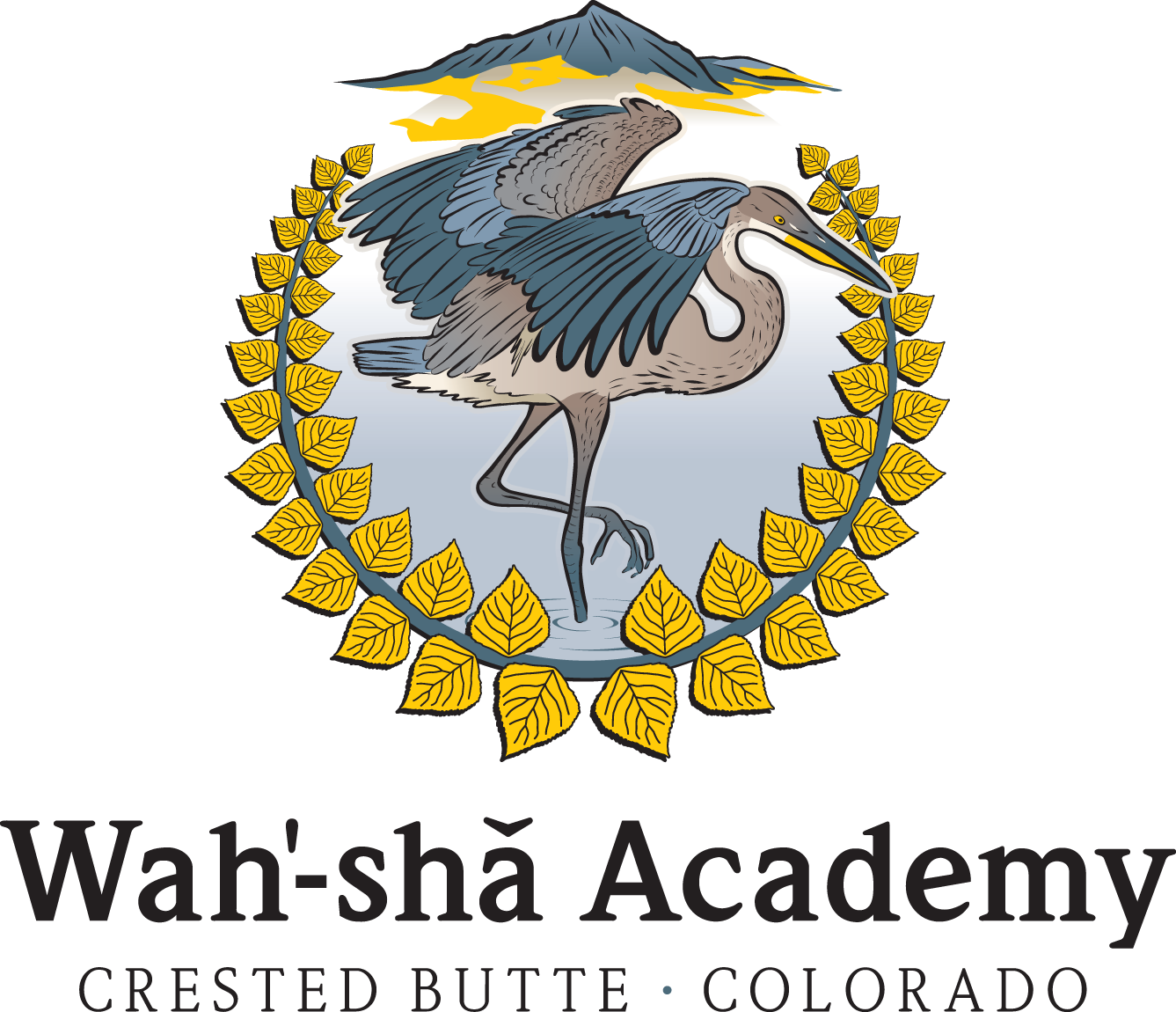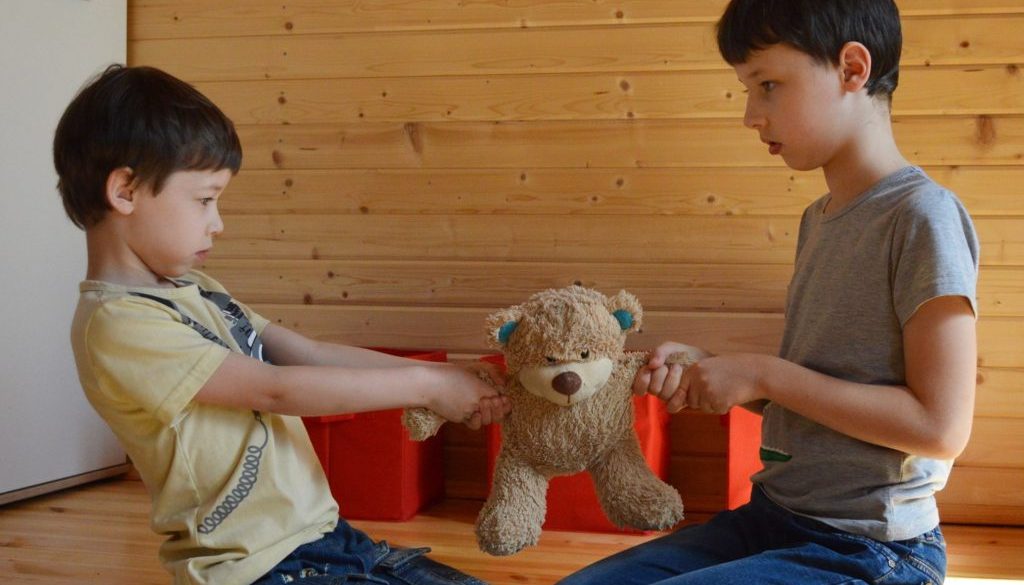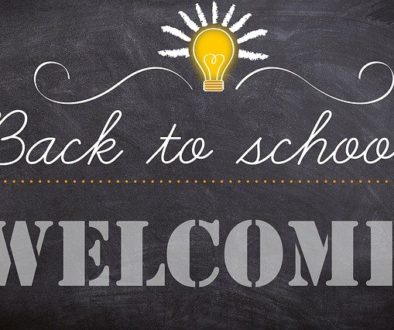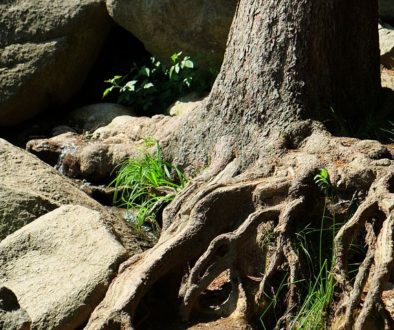Conflict Happens
Conflict and unkindness happen.
It is how we resolve our conflict that makes a difference. At our core, Wah’ -Sha Academy promotes a needs-based curriculum. To reflect that, we practice needs-based communication (nonviolent communication).
Sometimes I can see a group’s needs on a larger scale than the group or individual themselves. At these times, I will direct students toward action right away, and at a later time check-in with students to be sure the ‘call’ I made was ‘on target.’
For example, on one day we had 30 minutes of school remaining and a storytelling show in the plans. One of our students was skipping around and began to twirl a prop that another was going to use for their storytelling. A third student yelled at the ‘skipper’ to put the prop down which triggered the child who ran crying to a corner. The students had been looking forward to this special ‘Tall Tale Telling’ performance day and I knew it would create more conflict if I stopped to take the time for conversation. I could quickly see that most likely there was a misunderstanding and asked the crying girl if perhaps she thought she was being told that she could not ever use the prop. She nodded yes. I quickly asked whether she understood that we were starting the ‘show’ and that the first person was using that prop in the performance and whether she knew that she had ‘drawn’ the #3 slot and would have her own chance soon to choose her own prop.
In her excitement, she had forgotten this and completely misunderstood what the third student had said. I directed the child who had yelled to simply welcome the now sniffling child back with some modeled language: ‘Hey, I think you misunderstood. I didn’t mean to say you couldn’t use it ever, just that ‘Evan’ is using it now, and I wanted him to not lose it. I will try not to sound so harsh next time.’
This whole episode took about three minutes, and they could all get on with the show!
Sometimes I facilitate a conversation as a neutral mediator. And sometimes we utilize a ‘No-Fault Zone’ board with cards to help students really connect with each other over ongoing issues.

Do not misunderstand. We do not ‘dwell on feelings.’ We move through it all: thoughts, observations, feelings, needs, judgments, and actions. We can’t always heal or connect after one round, and so always check-in.
On occasion, the conflict ripples into the class as a whole, and we stop the class to all take part in the conversation in a carefully mediated circle. This learning is just as important as math, language, science, what have you, and we take the time.
This is an approach that I believe serves the lives of everyone in our learning community. It is an approach to education based on mutually respectful relationships between students, teachers, administrators, and parents. It is about connecting with each other in a new and powerful way.
What I have discovered in the past is that communication skills based on connection directly correlate with increased student interest, achievement, and retention. We create a safe and supportive learning and working atmosphere. We can cultivate emotional intelligence, respect and compassion, and yes! resolve conflicts, not just put a bandaid on them.




